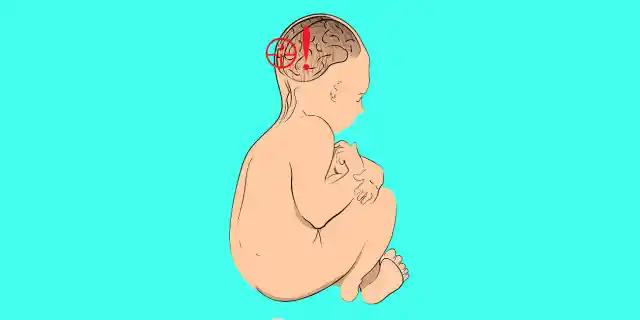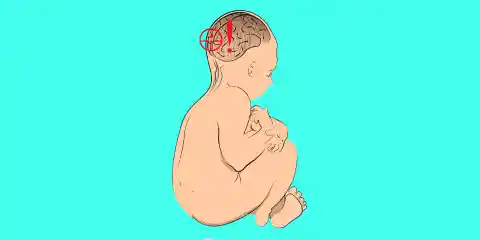

Cerebral palsy is a disorder that many people talk about but few understand. Despite the fact that the disorder has spent a considerable amount of time in the spotlight and under the scrutiny of the public eye, there are still some things that many people don’t know. With that in mind, here we present our list of 15 things you probably didn’t know about cerebral palsy. Well, what are you waiting for? Check it out for yourself below!
Number Fifteen: Cerebral Palsy Is Not a Disease
The proper term for it is a disorder. It’s not a birth defect and it’s definitely not contagious, either.
Number Fourteen: It’s More Common Than You Think
In fact, it’s the most common motor disability in children. Approximately three in every 1,000 children are diagnosed with the disorder.
Number Thirteen: There’s No One Right Way to Diagnose It
Despite the fact that it’s the most common motor disability in children, there is no one correct way to diagnose cerebral palsy. Most doctors are able to diagnose children by studying their movement, development, and speaking with parents.
Number Twelve: There Are Several Different Kinds
Most people think CP is one disorder; however, it’s actually a group of varying disorders. The most common kind of cerebral palsy is spastic CP, which involves the muscles being particularly stiff. Other types include ataxic CP, which causes problems related to coordination, and athetoid CP, which causes either slow movements or fast and jerky movements.
Number Eleven: It’s on a Continuum
Not every child diagnosed with the disorder will experience it to the same degree. While some people who have the disorder can walk perfectly fine and have perfect speech, others are confined to wheelchairs and struggle to form a single word.
Number Ten: It Affects All Muscle Groups
Most people might not think about this, but cerebral palsy can affect a person’s ability to swallow. All muscles related to motor control can be affected by the disorder.
Number Nine: It Can Change Over Time
Even if a child is diagnosed with the disorder, the disorder itself isn’t immutable. The severity often changes as a child grows – it can either improve or worsen. The disorder also changes depending on weather and mood.
Number Eight: There’s No Cure
Despite its prevalence, there is no known cure for CP. Very little research has been done, and this is likely due to funding issues.
Number Seven: It Doesn’t Affect a Child’s Personality
Many people might see a child with CP and assume his or her personality has been subdued because of it. However, this isn’t the case at all! Children with CP have vibrant personalities – it’s only their physical exterior that has been disabled.
Number Six: People With CP Don’t Want a Pity Party
It’s easy to look at a young child with CP and feel sorry, but parents of children with CP would rather you take that pity party elsewhere. Kids with cerebral palsy face marked challenges, yes, but it’s a part of who they are and helps them build character.
Number Five: It Can Take Years to Diagnose
This is quite exceptional, but some people don’t know they have cerebral palsy until they’re as old as 13. However, if a 13-year-old has it and doesn’t know it, chances are he or she is on the low end of the symptom spectrum.
Number Four: It’s a Sexist Disorder
More males are diagnosed with the disorder than females, and to quite a significant degree. For every 100 females diagnosed, 135 males are diagnosed.
Number Three: Many People With CP Were Born Prematurely
It’s no secret that babies born prematurely are vulnerable to a host of extra issues, but this is quite shocking. Incredibly, half of all people diagnosed with the disorder were born prematurely.
Number Two: More People Are Being Diagnosed Every Day
This is sad but true. Every year, more and more people are diagnosed with the often debilitating disorder. More and more treatments are being developed every year to combat the disorder as well.
Number One: People With CP Are Generally Really Smart
An impressive 60 percent of people with CP have normal or above average intelligence. We hope you enjoyed our list of 15 things you didn’t know about cerebral palsy!